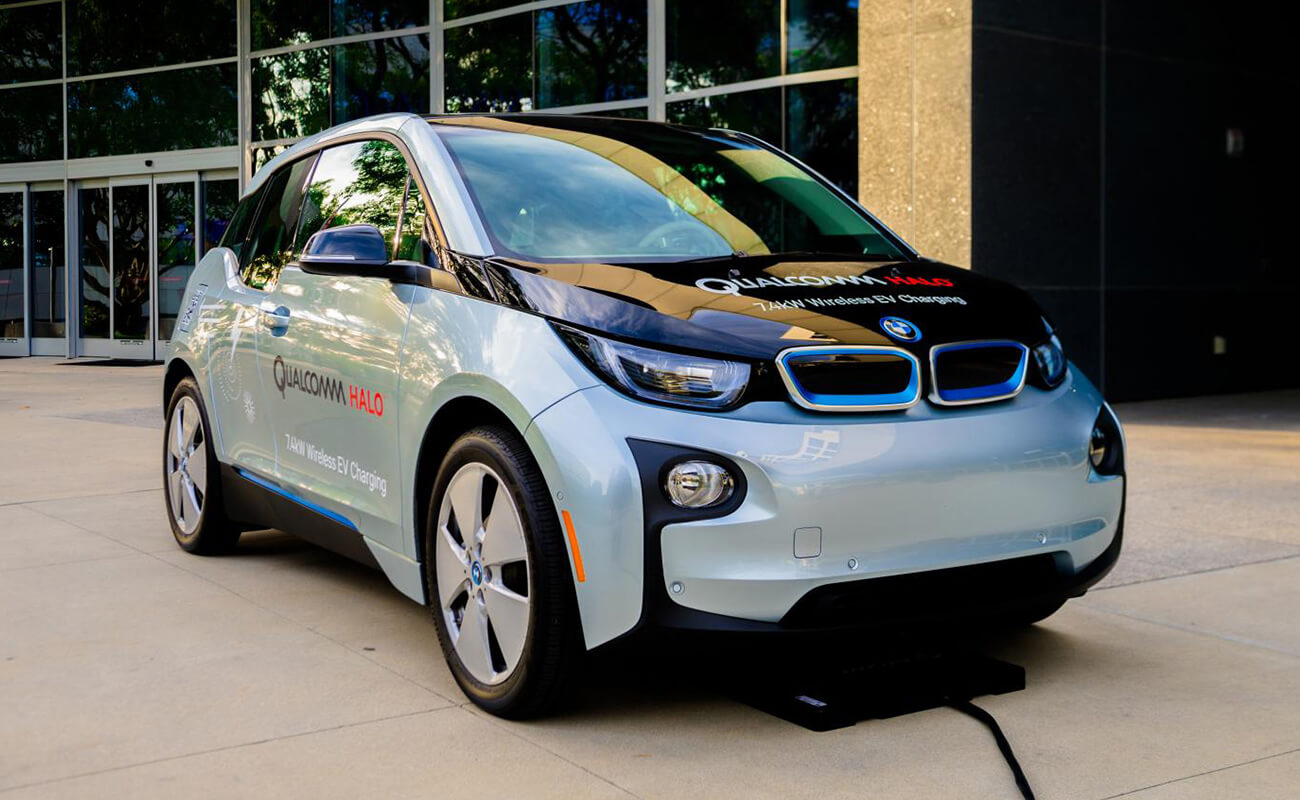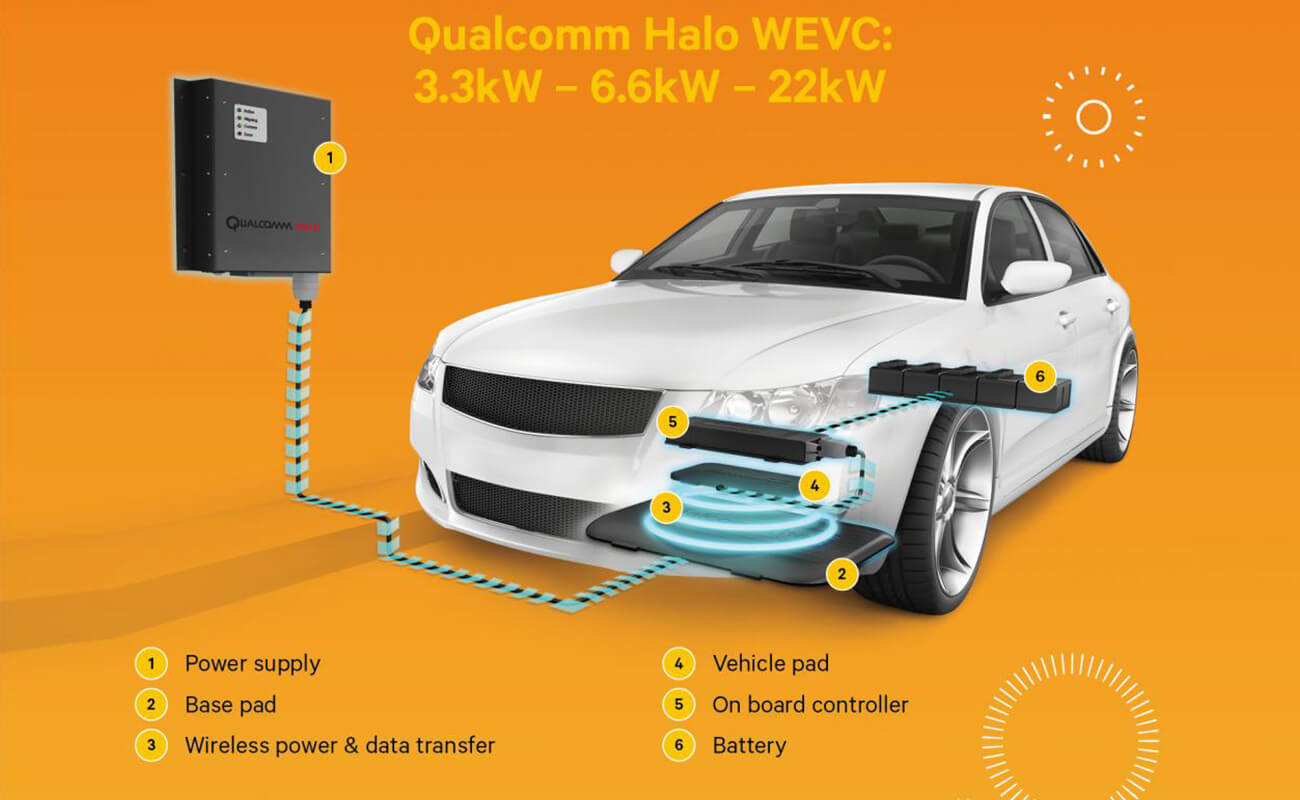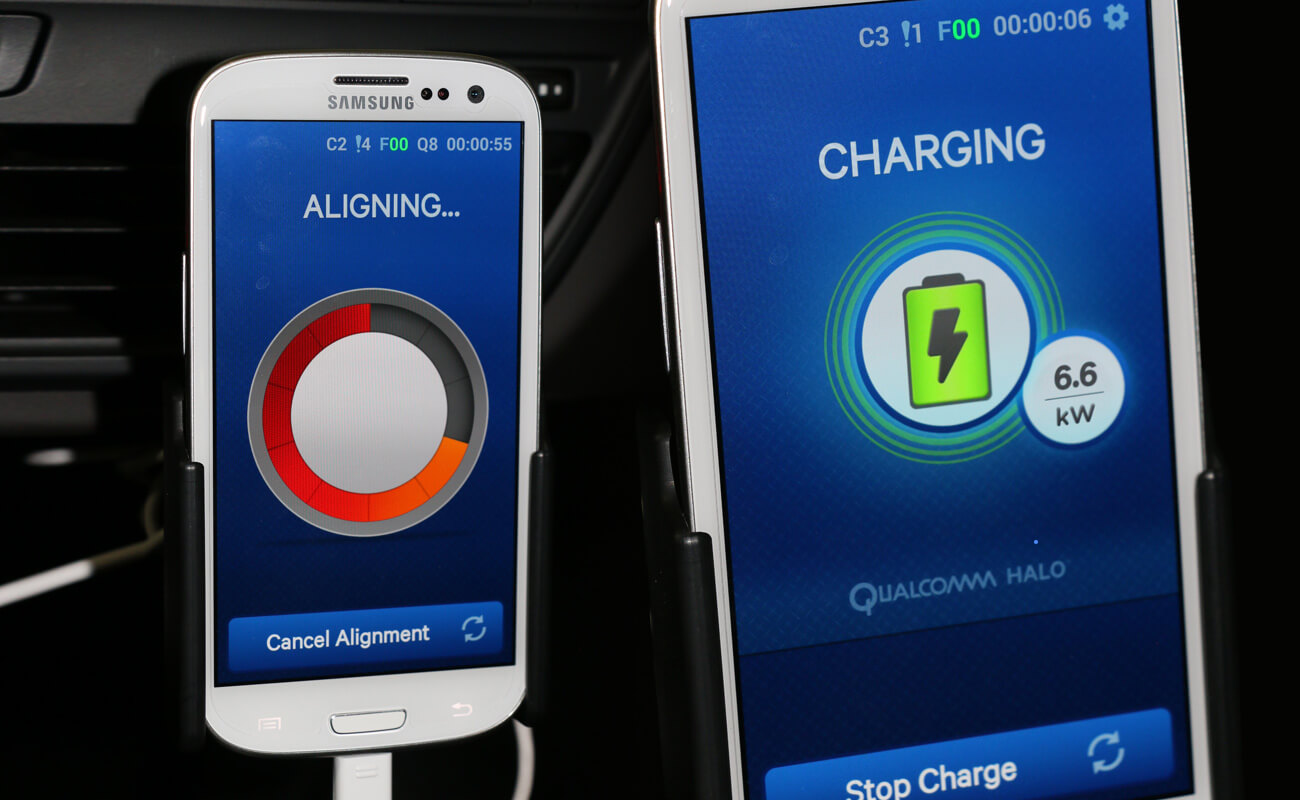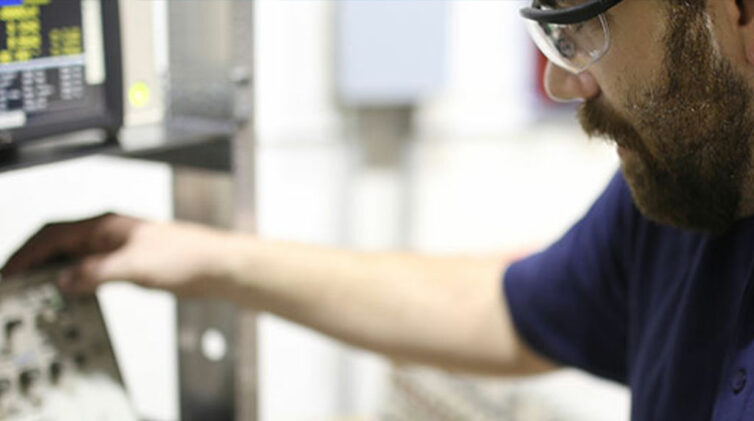How many would welcome a solution that allows wireless battery charging, with the potential for this to be done while the vehicle is moving, that ultimately allows the battery to be 60 per cent smaller than it is today?
We may soon find out as work on that solution is well underway right now, and a significant amount of it is being carried out by an Australian company in suburban Melbourne.
Lumen is a family owned company that commenced operations in Australia in the 1980s and is long standing player in both the automotive aftermarket and OEM supply chains.
Qualcomm is an American multinational semiconductor and telecommunications equipment company that designs and markets wireless telecommunications products and services.
Just on a year ago Lumen secured a licensing agreement with Qualcomm and formed Lumen Freedom to further develop their inductive charging technology.
Lumen’s role includes engineering work to make the technology production ready while developing hardware for retro-fitting to existing EVs and supply to new vehicle manufacturers for integration into their systems.
The origin of this particular inductive charging technology was Halo IPT, a spin off of University of Auckland in New Zealand. It was acquired by Qualcomm some years ago and is now known as Qualcomm Halo.
The system demonstrated to GoAutoNews Premium had been retro-fitted to an existing EV. This particular manufacturer was a little cautious about letting Lumen too far into its various charge control systems so the inductive charging system was controlled via a smartphone.
Charging the EV’s battery is a simple matter of parking over the top of a square pad on the ground within reasonable alignment parameters to a similar but smaller pad mounted on the vehicle and connected directly to the battery.

Once parked and switched off charging commences at the touch of a button with a claimed efficiency rate of 92 per cent. This is comparable to plug-in cable charging systems.
The vehicle can be parked off centre by 100 mm left to right, and 75mm forwards and backwards before the charging efficiency rate is diminished. Parking alignment is aided by a computerised alignment system either autonomously or as a visual aid to the driver.
The Halo system can also cope with a height of 320 mm between the ground pad and the vehicle mounted one before the rate of charge is affected.
Under Lumen’s licensing agreement with Qualcomm it has access to key safety technology including foreign object detection. It can detect a staple in a bunch of papers caught between the charging pads (so the paper doesn’t catch fire) and living object protection (so the family cat doesn’t get fried if it ends up in the same place).

There are also key elements of the vehicle/pad alignment technology involved and what is referred to as ‘double D’ coil technology that significantly boosts the efficiency of the charging pads.
The system is already being integrated by a number manufacturers who are, or soon will be, supplying EVs that can be charged either by cable or the Halo method. These include the Mercedes-Benz S-Class S550e plug-in hybrid that has a wireless charging system as an option.
As yet there are no public networks of the ground pad element of the system but they are available as plug-in units.
The next step, known as semi-dynamic charging, would see the provision of ground pads in office carparks and shopping centres, followed by pads at kerbside parking spots and eventually at traffic lights and bus stops.
The Holy Grail is dynamic charging where an EV can be charged while driving. Lumen Freedom tells GoAutoNews Premium that dynamic charging technology has been proven feasible at speeds of over 100km/h.

The dynamic charge testing was conducted under the auspices of a project known as the feasibility analysis and development of on-road charging solutions for future electric vehicles (FABRIC) in France recently by a consortium of 25 partners from various industries, and was designed to explore the economic and social aspects of the technology along with its feasibility.
The test track in Satory Versailles is a 100 metre section of purpose built roadway that had, as at the conclusion of testing a few weeks ago, demonstrated two vehicles charging simultaneously at 20kW while moving at speeds over 100 km/h.
The business model employed by Lumen in regard to Halo is to licence top-tier manufacturers and infrastructure companies, with the goal of seeing their wireless recharging technology rolled out practically and installed on highways around the world.
That goal is, of course, not without its challenges – with the massive infrastructure cost and the availability of power to run such a system being chief amongst them.

On the subject of cost it is difficult to get a simple answer on how much a wireless charging system will cost, though the reasons for that are not hard to understand. It is early days yet and there are many options as to who might own or provide various elements of the system.
So far as the much simpler use of Halo for static EV charging is concerned, there are already signals from major markets and manufacturers around the world that widespread continued use of plug-in charging is not their preference.
Lumen concedes that there will still be room for plug-in charging for some time especially in rural areas and for fast charging applications.
Lumen currently has about 500 employees worldwide with 140 in Melbourne and 55 or so in the in the engineering team. That last number could easily double and double again as interest in the roll-out of Halo gathers pace.
By Daniel Cotterill












 Read More: Related articles
Read More: Related articles

